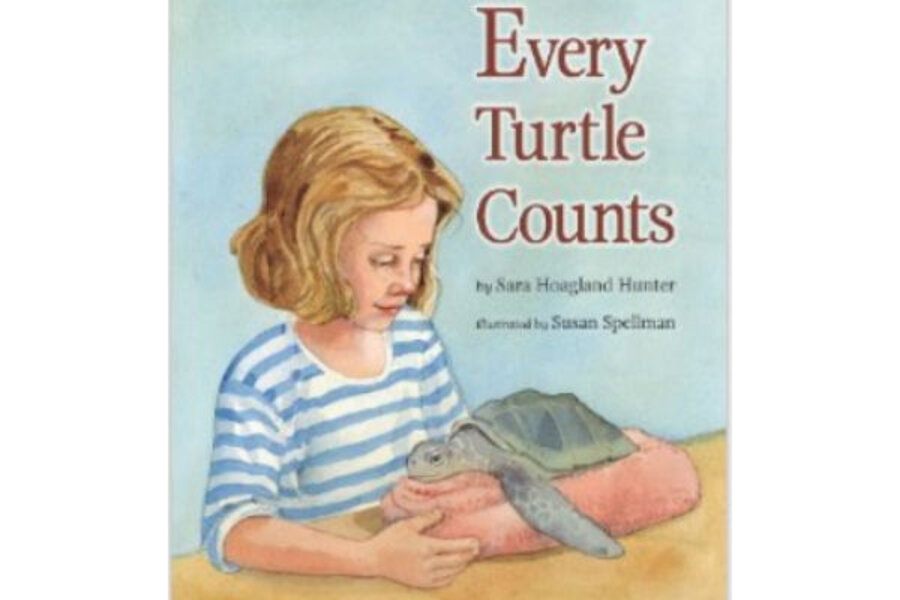Three new turtle and tortoise books for kids encourage adventures
Loading...
The classic tale of “The Tortoise and The Hare” teaches kids that patience and perseverance win out over rushing to conclusions and not stopping long enough to appreciate what is right in front of you.
Three children's books released this spring, two new hardcovers and one released for the first time in paperback, give nature-loving kids and their parents plenty of perfectly-paced adventures to read about. The books are suited best for children ages 5 to 9.
“Every Turtle Counts”
"Every Turtle Counts” (Peter E. Randall, $16.95) written by Sara Hoagland Hunter and illustrated by Susan Spellman tells of a girl's tenacious quest to save a Kemp's ridley turtle found off the coast of Cape Cod. The book is best suited for children ages 5 to 8.
In the book, the young girl, Mimi, refuses to give up on a turtle found nearly dead on the beach thousands of miles away from its home waters. After the rescue, she follows the turtle, named “Ridley 3” by aquarium scientists, through rehabilitation and eventually to her own nest, decades after their first encounter.
Throughout the story, Mimi's mother watches as her daughter, who is diagnosed with autism, opens up verbally and emotionally through her experience with the turtle. For kids reading the story, they may notice that Mimi is different from most kids, more for her patience and determination than anything else. The book is a thoughtful, beautifully illustrated way to teach kid about thinking outside their own understanding of the world to help others.
“Galapagos George”
Many parents remember the news of the death of "Lonesome George" the world's oldest tortoise, who earned his name since he never mated over the course of his 100-year lifetime.
“Galapagos George” (Harper Collins, $15.99) written by naturalist and author Jean Craighead George, with painting by Wendell Minor, follows the evolution of the giant tortoise species, starting a million years ago and leading to June 23, 2012, the day of Lonesome George’s death. The book is best suited for children ages 4 to 8.
The book follows Giantess George, the female matriarch of the species, as she walks in dinosaur footprints in South America, washes away to the Galapagos Islands, and eventually gives birth to the first long-necked giant tortoises on Pinta Island in the Galapagos chain. The book tells of human settlements that destroyed the habitat of the island chain, and even Charles Darwin visiting the islands to study evolution and the differences between the tortoises from island to island in the chain.
Ms. George died within weeks of writing the book, which serves as a great look for young readers on the diversity of species in the Galapagos Island and the importance of caring for these rare creatures.
“Emma’s Turtle”
”Emma's Turtle” (Boyds Mills Press, $6.95) written by Eve Bunting with illustrations from Marsha Winborn was originally published in 2007 and has been released for the first time in paperback this year. The book is best for readers ages 7 to 9.
It follows the escape of Emma’s turtle from its backyard pen, on an around-the-world trip that takes place only a few steps away from its home. Mistaking long grass for jungle, a tree trunk for an elephant leg, and the family cat for a ferocious tiger, the turtle imagines that it has traveled farther than confines of the backyard. After the turtle’s rescue at the end of the day, it happily realizes that everything discovered was right in its own yard. The story celebrates imagination and wonder in the tiniest details of a backyard and serves as a good reminder that adventure lies ahead of us, even if we don’t have a passport.
Whether halfway across the globe, or right in our own backyard, these three books encourage us to look around and take in the world, and see where we can make a difference, and maybe even find a little adventure along the way.






